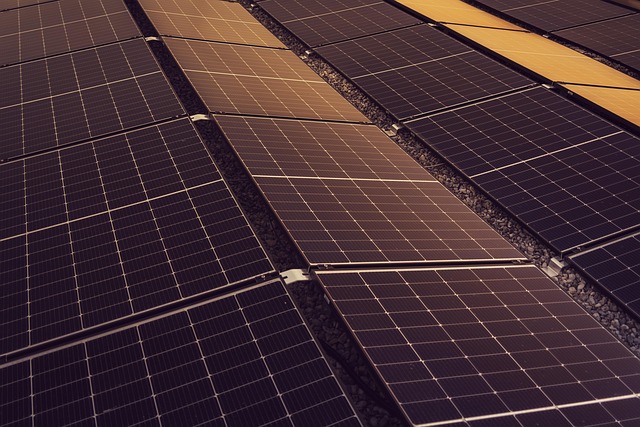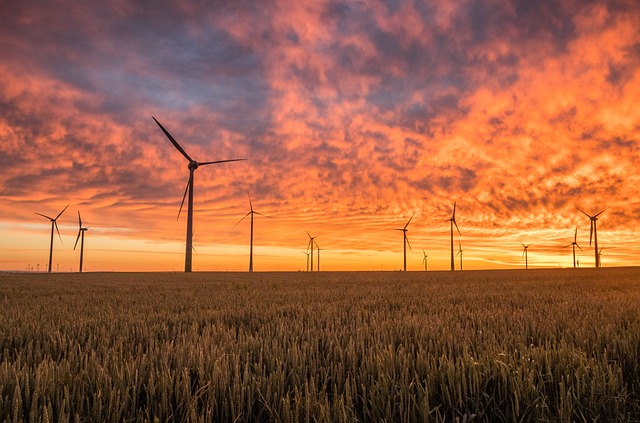Maximizing District Heating Energy Efficiency: Tips and Strategies
Category: Efficiency
In an era where sustainability and energy conservation are more important than ever, increasing district heating energy efficiency can significantly support our communities and the environment. Whether you are a building manager, planner, or simply a concerned citizen, understanding how to enhance the performance of district heating systems can lead to lower energy costs, reduced carbon emissions, and improved overall comfort.
Understanding District Heating Systems
District heating refers to a network of insulated pipes that deliver heating from a centralized source to multiple buildings. This system is beneficial for urban areas as it can utilize various energy sources, including renewable energy, waste heat, and even geothermal energy. The key to maximizing district heating energy efficiency lies in optimizing each component of this system.
Tips for Maximizing Energy Efficiency
1. Regular Maintenance
Ensuring regular maintenance of the district heating system is crucial. This includes checking for leaks, insulation integrity, and the efficiency of heat exchangers. Regular checks can prevent energy losses and ensure that the system operates at its peak efficiency.
2. Smart Metering and Controls
Investing in smart metering and control systems allows for real-time monitoring of energy usage. With this data, you can make informed decisions about energy consumption, identifying patterns and adjusting accordingly to minimize waste.
3. Optimize Distribution Network
A well-designed distribution network minimizes heat loss across the entire system. Utilizing high-quality insulation for pipes and strategically placing heat exchanges can greatly improve district heating energy efficiency. Conducting thermal imaging assessments can help identify hot spots and improve insulation further.
4. Integrate Renewable Energy Sources
Incorporating renewable energy sources, such as solar thermal or biomass, can significantly boost the efficiency of district heating systems. By diversifying energy sources, you not only increase efficiency but also contribute to a sustainable energy future.
5. Educate Users
An informed user base is essential for energy efficiency. Provide residents and building managers with information on how to use heating systems efficiently, like adjusting radiators, using thermostats effectively, and understanding peak usage times.
6. Community Engagement
Engaging the community in the initiatives surrounding district heating can lead to collective action geared towards energy savings. Organizing workshops or informational sessions can motivate residents to participate actively in energy-efficient practices.
Final Thoughts
Maximizing district heating energy efficiency is not just about improving infrastructure; it’s about fostering a community-wide commitment to sustainability. By applying these tips and embracing efficiency strategies, we can not only reduce costs and emissions but also build a resilient and empowered community ready to face the energy challenges of the future.




